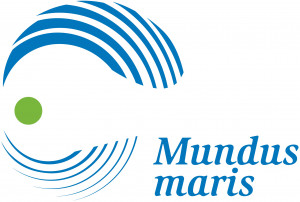Everything comes from the sea: this is the finding that prompted multifaceted Italian artist Oreste Baldini to devote his energies to the sea and the icon of the fish.
From the sea came life, from the sea came the first nourishment for humans.
A nourishment, which provided humans with the energy to aspire to the skies.
The exhibition in Rome (Italy) is open until 12 January 2014. The scenery is unparalleled, unrepeatable and suggestively related to the sea and the life that man draws: the Via Biberatica of Trajan’s Markets.
Emperor Marcus Ulpius Trajan was born in Italica in the region of Baetica (modern Andalusia in Spain). The Forum Traianum was commissioned by him and built in 113 A.D. as the work of a great Nabataean architect: Apollodorus of Damascus. Though the markets are only a small part of the Forum, they are today the best preserved part.
The architect was thus born in a town located on the opposite shore of the Mediterranean from the birth place of his client. A melting pot that blended Arabic and Greek civilisation, considered the oldest city in the world: Damascus is home to traces of human settlements dating back to 9,000 years before our era.
A magic encounter between different cultures made possible, once again, by the Mediterranean.
The Via Biberatica extends into the upper part of the hemicycle facing the forums and overlooking the tabernae (shops or taverns) dedicated to the trade of beverages and liquids in general.
These included garum, a liquid formed by the fermentation of fish guts that was ubiquitous in the ancient Mediterranean cuisine, probably derived originally from the fish, which the Greeks called garos (γάρον).
The large top-layer stones that make up the surface of the millennial Via Biberatica have supported the footsteps of many generations of human beings, while the interior of the tabernae witnessed countless fruitful trade and cultural exchanges.
And it is the artist himself, Oreste Baldini, who guides us to explore the exhibition “Mediterraneum”.




And off we go towards the re-discovery of what we are guilty of condemning to deterioration and extinction one day soon, without realising that the degradation of the sea leads as a logical consequence to the decay of the human being himself and all his aspirations…
… and – hopefully – although not necessarily, we may rediscover the sea and the respect for aquatic life, but return also to appreciate the Civilisation of the Sea.
















